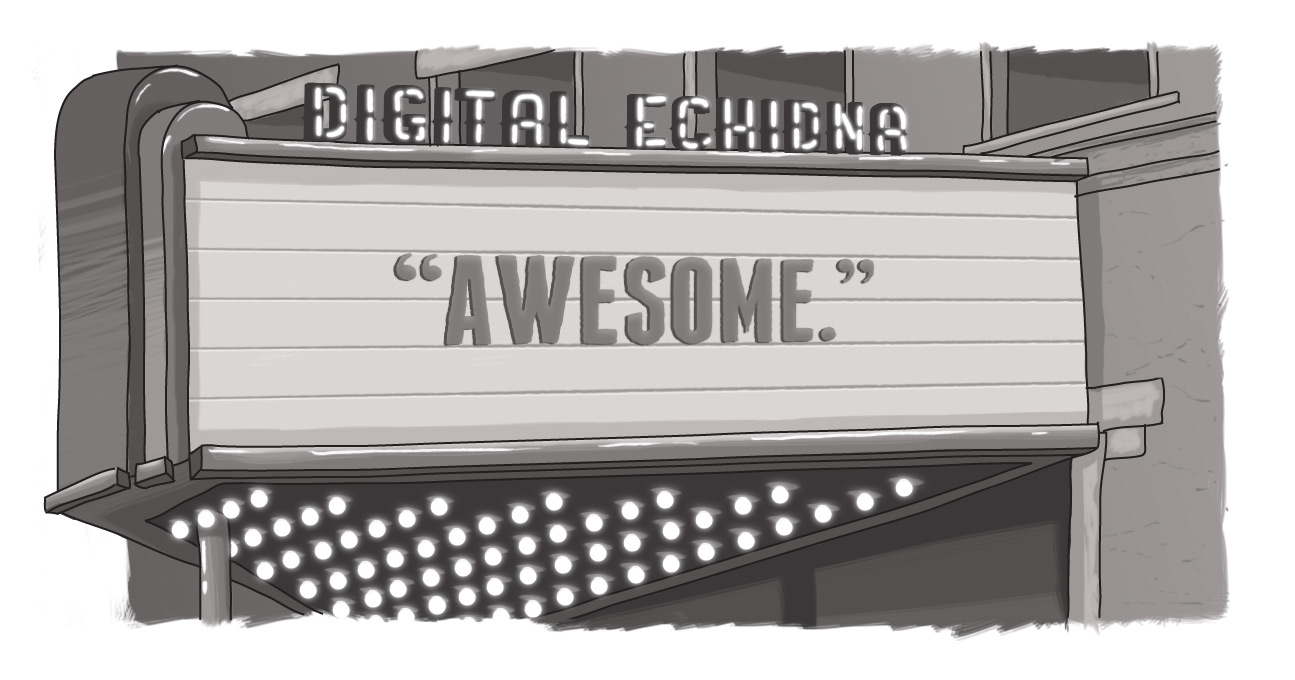Messaging Lessons from the Fringes

Time is always of the essence -- so don't forget the essentials.
Last night, I attended the London Fringe Festival Showcase. In a case of art imitating life, I was able to extract a valuable communications lesson from that experience. Specifically, the importance of gaining and retaining your potential audience's attention.
But first, the caveats:
Digital Echidna is a proud sponsor and supporter of the London Fringe Festival. We've built and maintain the festival's website and the festival's head office is now actually located in our old office down the road.
Take that for what you will. It's got no influence on my blog post here, but I thought I'd put it out there for full disclosure.
Now, back to the show. And the lesson.
The Showcase offers all the fringe performers a three-minute opportunity to sell their show to the attendees. Fringe theatre is all about effective marketing -- and personality plays a part. You'll see troupers hanging around venues, interacting with those seeing other shows and trying to interest them in coming to their performances -- it's not a cannibalistic relationship, but rather symbiotic in nature. You'll also see a lot of social media promotion of shows.
But the Showcase? That's the best opportunity to make a splash and hit the ground running.
Unfortunately, some hit the wall -- simply because they failed to understand how to use their three minutes to good use.
We've all heard about the elevator pitch. That mythical 30-second to one-minute window of opportunity when you're travelling in an elevator with someone and that's all the time you have to intrigue them.
There are other advertising and marketing adages as well, but regardless to which philosophy you ascribe, the concepts are conditional across the board. You have to capture someone's interest early and deliver upon those expectations.
Some of the presenters last night nailed it. And time wasn't of the essence -- some of the best presentations were the shortest. Others missed the target completely, effectively discouraging people from considering attending the show. There's a fine line between "That looks intriguing" and "What was that?" And in a competitive environment that can be the difference between someone paying to see your show and choosing to see someone else's.
There are lessons to be applied to all of your business communications efforts -- especially when it comes to website presentations and social media marketing and communications.
Be Refined, But Not Rehearsed
Honesty matters. In the social world, authenticity has real value. In all of your communications an authentic voice adds to the authority of your message. But even though it may be rehearsed, the delivery of that message can't feel rehearsed.
It's easy in concept, but much harder in execution.
In video, you need to feel natural and not be stilted. That translates to your text too -- be conversational but authoritative; avoid jargon and use plain speech; and be animated without being over the top.
Basically write, talk, and act like a person.
The best performances last night came from the heart. You could tell who was a more seasoned veteran and more comfortable on stage. There's an honesty, a flow, and a cadence that comes from comfort. But the great thing is that this comfort can be learned -- through practice, repetition, and just doing. The more you practice your messaging and internalize it, the better the external expression will be.
What's in it for Me?
If you want to get your audience's attention right off the bat, explain how what you're offering is relevant to them.
We are bombarded with countless choices and options every day. Most we dismiss outright; some intrigue us; and a few we act upon. By cutting through the fluff (let's not even start with a curiosity approach), you're arming your audience with the information they need to make a decision based on a limited time frame.
At the very least, you want to give them enough impetus to continue the process and choose to learn more.
We've repeatedly referenced the "What's in it for me" messaging model. People initially don't care about your history or your company -- they want to know how what you're offering benefits their lives or solves a problem. From there, they may dig deeper, but when you only have a limited amount of time, you better hit them where it counts.
The Message Matters
You may channel your inner McLuhan and feel that the medium is the message, but the message still matters.
The message can't be obscured by what surrounds it. All the wrapping in the world can't make a bad gift better. On stage, all the distraction, glitz, and/or wackiness can't compensate for lack of a quality story. And, in business, sizzle may draw attention, but without a quality steak, it's all for naught.
In fact, it's worse than that. Selling the sizzle may initially gain your audience's interest, but a failure to deliver upon expectations can not only offend your audience in the here and now, it can compromise your ability to gain any benefit of the doubt or trust in the future.
You have a limited time to express who and what you are, so make sure it's an honest representation of what your audience will expect long-term.
Conclusion
It's a challenge to get eyeballs on our content in the first place. A lot of time, effort, and thought goes in to the promotion and positioning of our business, our products, and/or our services. Once we've successfully captured their interest, it's important to ensure that we retain it.
Focused messaging that targets the audience's needs, then continues to deliver -- that's the key to success.
As Elvis once sang, "All the world's a stage" -- and since you're not the only 'production' it's important to put your best self forward to make them a rapt audience.
How do I communicate naturally?
SUBSCRIBE TO OUR E-NEWSLETTER
 Subscribe
Subscribe


